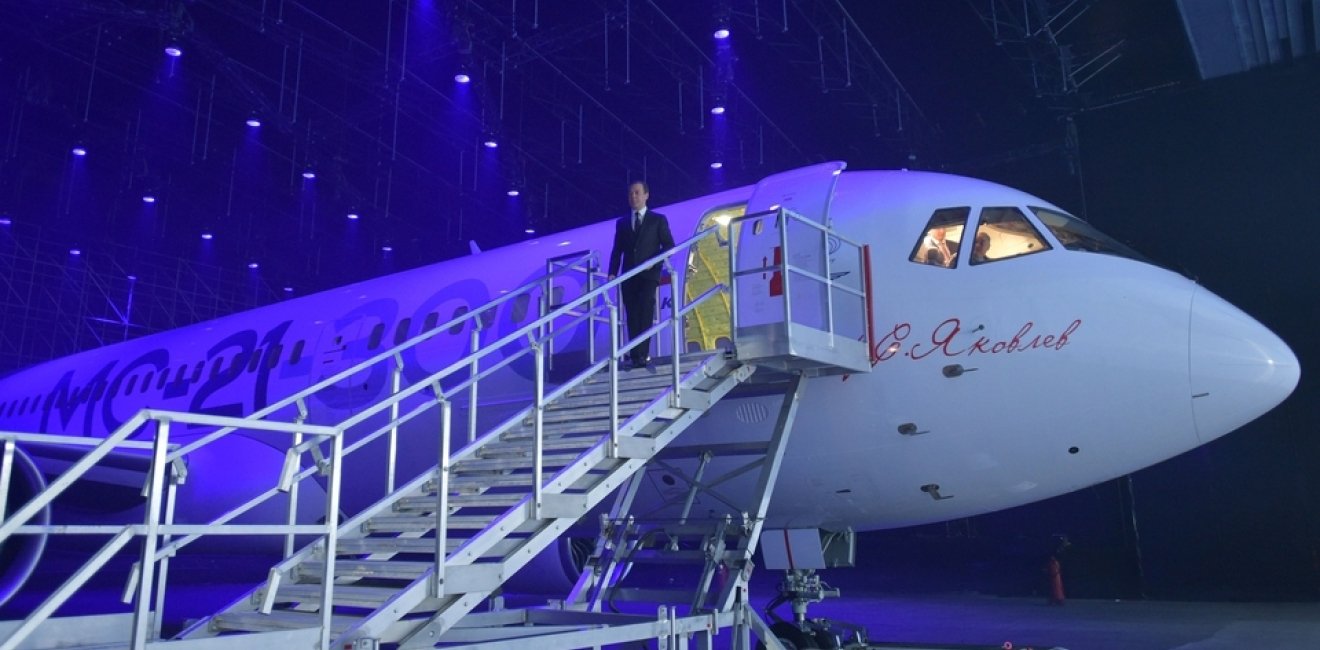
A blog of the Kennan Institute
Following the collapse of the USSR, Russia has largely failed to build a competitive economy. Modernizing or replacing the crumbling Soviet-era trademark offerings, such as Tupolev airliners or Lada cars, has been a protracted process that is not fully complete even today. One project that post-Soviet rulers hoped would enhance the newly divergent economies was an economic bloc of some of the former republics of the Soviet Union.
The Eurasian Economic Union (EAEU), as this 20-year old initiative came to be known, was officially unveiled in January 2015. Its original member countries, Belarus, Kazakhstan, and Russia, according to an EAEU statement, intended to raise the competitiveness of their national economies through removing customs, trade, and other barriers.
In exchange for cheaper energy prices and other benefits Russia offered to actual and potential EAEU members, Moscow wants to reclaim the markets of other post-Soviet nations. This is a tall order because multinationals such as Boeing, Airbus, or Mercedes have long come to dominate the aircraft and auto manufacturing industries of the former Soviet countries.
Ambitious Russian projects, including the MC-21 aircraft and Kortezh luxury cars, are at the forefront of Russia’s efforts to regain its standing in the region that Moscow considers its backyard. On the other hand, this would cement ties between Russia and other EAEU members.
Russia plans to launch a new medium-range passenger airliner, the MC-21, to replace the outdated Soviet-era Tupolev Tu-154s. The first test flight is scheduled for April 2017. As of today, Airbus and Boeing between them share up to 80 percent of the Russian market, Russian deputy prime minister Dmitry Rogozin recently told President Putin. “Although our [Russian] liberals love to say that if an aircraft is good they will buy it anywhere, this is not really true. Try to sell Airbus on the American market or vice versa, Boeing in Europe,” Rogozin continued.
But this is not the case in reality, as industry observer Anastasia Dagaeva points out in a piece for Carnegie.ru. North American airlines operate more than 1,400 Airbus jetliners, while their European peers use 1740 Boeing aircraft. Yet the Airbus U.S. Manufacturing Facility began operation in Alabama in 2015. Rogozin’s rhetoric apparently is aimed at justifying looming protectionism in the Russian aviation industry and gaining political support for it.
“There are declared and undeclared protectionist measures everywhere,” said Rogozin, who also suggested that a set of routes be assigned only to those carriers that operate Russian aircraft, in order to protect the domestic market. President Putin approved Rogozin’s approach. For the MC-21 to reach full manufacturing capacity, it will take billions worth of investments and years of hard work. Yet it is unclear whether the project will stand on its own or will become another burden for the Russian budget. Russia’s aircraft manufacturing industry has been rehabilitated in some small areas, but its modernization remains largely a work in progress. Brain drain is a daunting issue: Russian aviation’s best engineering minds are working for Airbus and Boeing, Viktor Livanov, head of the Ilyushin design bureau and industry doyen said in a recent interview.
Automotive industry is another difficult subject. During the Soviet era the Lada, produced by a Togliatti factory, was the most popular car, while GAZ, operating out of factories in Nizhny Novgorod, was the Soviet equivalent of an up-market manufacturer. Soviet leaders, ambassadors, and officials used only Soviet-made cars. The tradition stopped after the collapse of the USSR. Russia’s president uses a Mercedes, as do most other high-ranking officials. This is set to change in 2018, when a limited series of custom-built Russian limousines will be unveiled.
Russia has launched a project named Kortezh to develop locally manufactured cars for the nation’s leaders and highest-ranking officials. There are many controversies regarding various aspects of the project. It remains unknown who will assemble the cars. Even if the project is completed successfully, it isn’t expected to play a significant role in the Russian automotive industry in the foreseeable future. The first edition will not exceed 250–300 units and will be a symbolic gesture rather than a real industrial development.
That said, many foreign companies and specialists have been involved in the project. This is another reminder of the shortage of experts in Russia, which is interesting especially in comparison with the large inflows of imported labor, mostly unskilled, from the post-Soviet countries.
Labor migration across the borders of the former Soviet republics has long played an important role in the economies of Uzbekistan, Tajikistan, Moldova and others. Remittance flows provide Moscow with leverage over these nations as the Kremlin does not hesitate to use them as a bargaining chip on various issues. National governments are forced to take this factor into account for fear of a mass return of labor migrants from Russia, which could heighten social tensions at home.
While the skilled workers, experts, and scientists who could help initiate a much-needed restart of the domestic economy emigrate from Russia, unskilled workers flow in.
If this is the case, why should post-Soviet nations choose Russian-made aircraft, cars, and other goods, which Russians themselves snub? Why should skilled workers and professionals choose Russia instead of North America and Europe while Russians themselves leave? The EAEU in itself is not an answer to these questions. Nor is it going to solve those persistent problems of the Russian economy.
The EAEU would facilitate import substitution. In today’s globalized and interconnected world, the export-based economies are a way forward, whereas import substitution is a last resort for survival under critical situations. (Iran under international sanctions is a case in point.) Manufacturing competitive goods is key to an export-based economy. “Nobody [in Russia] is going to manufacture a modern, competitive product. There is one desire: to restore the USSR and coerce companies into buying whatever is offered to them,” Roman Gusarov, chief editor of an industry publication, Avia.ru Network, is quoted as saying in Dagaeva’s article.
Russian exports to poorer and smaller nations such as Armenia, already an EAEU member, or Kirgizstan, which is in the process of joining the bloc, would not make a considerable difference to the Russian economy. At most, they would represent a small supporting program for the import substitution policies, nothing more.
Therefore, it is hard to anticipate that the EAEU will add substantial value to the Russian economy. One reason is that for more than a quarter of a century, Moscow has been obsessed with maintaining its grip on post-Soviet nations rather than focusing on its own economy. The EAEU is an attempt to institutionalize that grip and as such, serves political goals in an economic guise. The problem is, any political project still needs solid economic foundations to sustain itself.
Author


Kennan Institute
After more than 50 years as a vital part of the Wilson Center legacy, the Kennan Institute has become an independent think tank. You can find the current website for the Kennan Institute at kennaninstitute.org. Please look for future announcements about partnership activities between the Wilson Center and the Kennan Institute at Wilson Center Press Room. The Kennan Institute is the premier US center for advanced research on Eurasia and the oldest and largest regional program at the Woodrow Wilson International Center for Scholars. The Kennan Institute is committed to improving American understanding of Russia, Ukraine, Central Asia, the South Caucasus, and the surrounding region through research and exchange. Read more

Explore More in The Russia File
Browse The Russia File
Chechnya as a Model of Modern Russia

Russia’s Indigenous Communities and the War in Ukraine

Gas and Power in a Changing US–Russia Relationship

